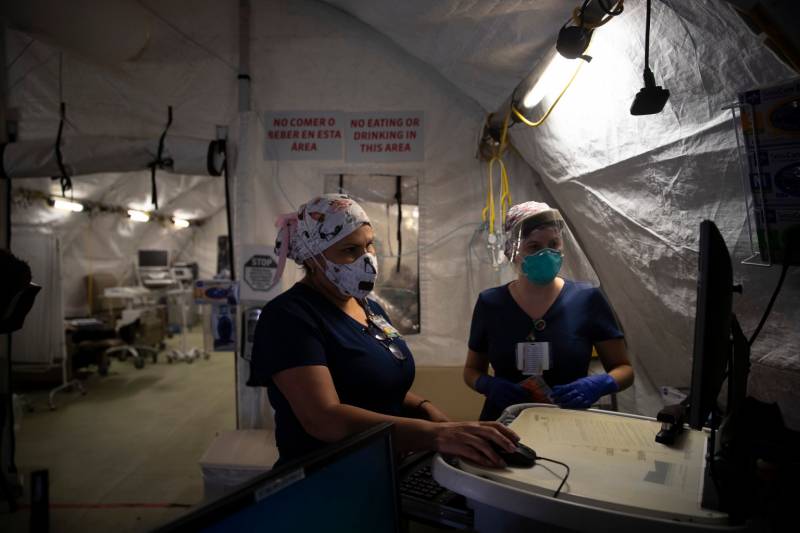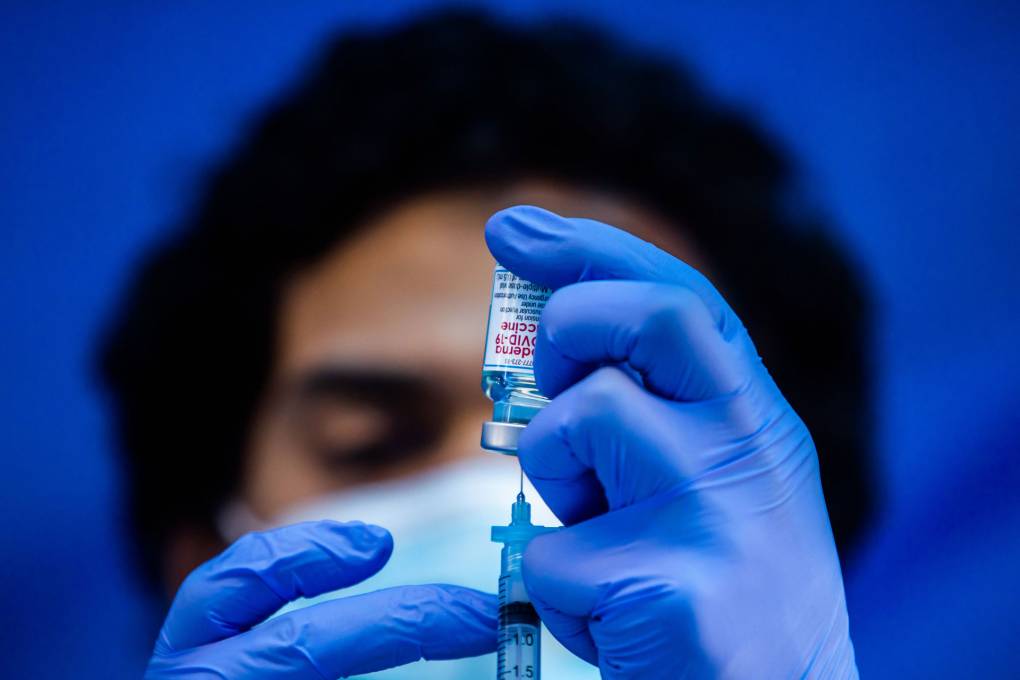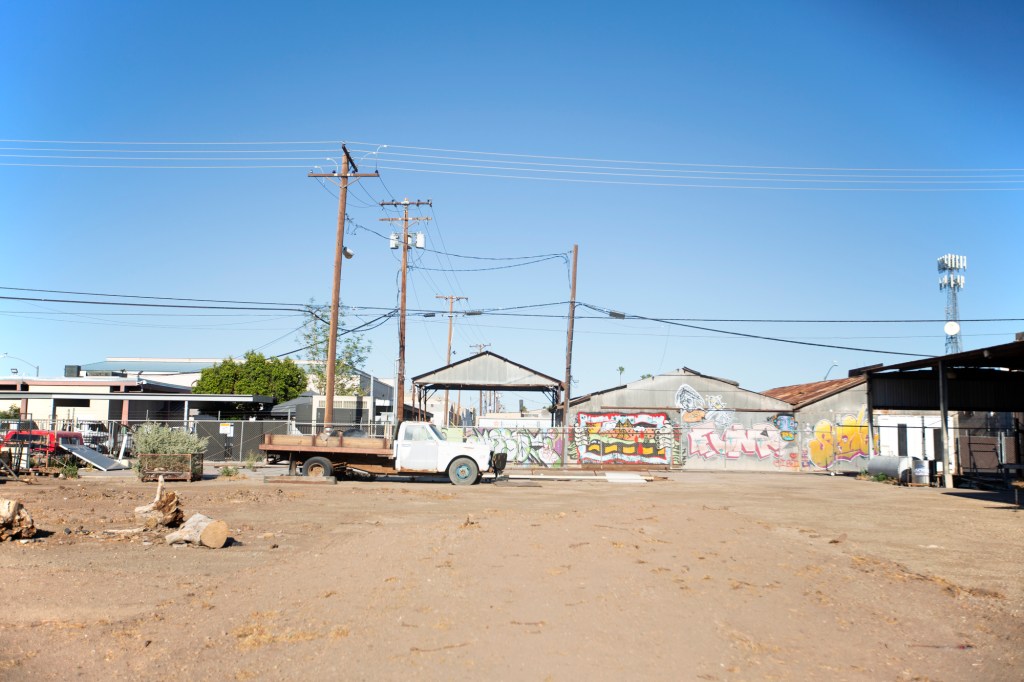In addition, Imperial was one of only 11 counties in mid-July where more than half of its residents on Medi-Cal, the state health insurance program for lower-income people, were vaccinated. That’s a sign that it is faring better than most counties in protecting its marginalized residents from COVID-19.
In many ways, Imperial is defying the odds: Despite its remoteness and high poverty rate, which is often associated with worse health outcomes, most of its 186,000 residents appear steadfast in keeping the virus at bay.
“In general, there is a correlation with income and vaccination rates, but I think what Imperial County data tells us is that it can be overcome. It just takes effort,” said Fabian Rivera-Chávez, assistant professor of pediatrics and biological sciences at the University of California, San Diego.
The reasons for Imperial’s high percentage of vaccinated residents are not well understood. But local experts and health officials say one key factor is its strong network of nonprofits, clinics, hospitals and agricultural employers that have reached out to people personally to provide vaccinations.
Located far from California’s more populous areas, Imperial’s residents over the years have come to rely on their local network to overcome health challenges.
“In our world, we do learn from others. I think small communities, we are used to working closely together and that has translated in our efforts and our response,” said Rosyo Ramirez, deputy director at the Imperial County Public Health Department.
The county has administered 227,700 doses of COVID-19 vaccines. “There is no way we would have been able to do that on our own,” Ramirez said.
Imperial has the largest proportion of vaccinated residents in the entire southern half of the state. About 73% of Los Angeles County residents and 50% of Kern County residents, for instance, have received at least one shot, compared to Imperial’s 86%.
Imperial County has a lot working against it when it comes to controlling a pandemic.





